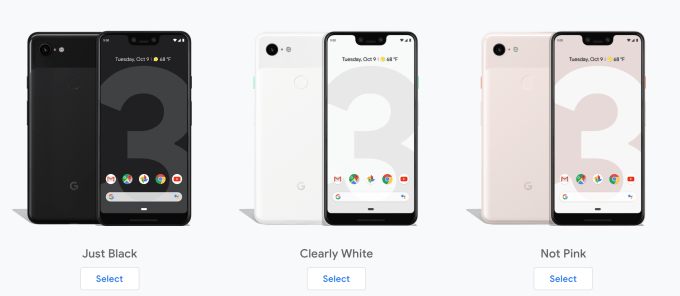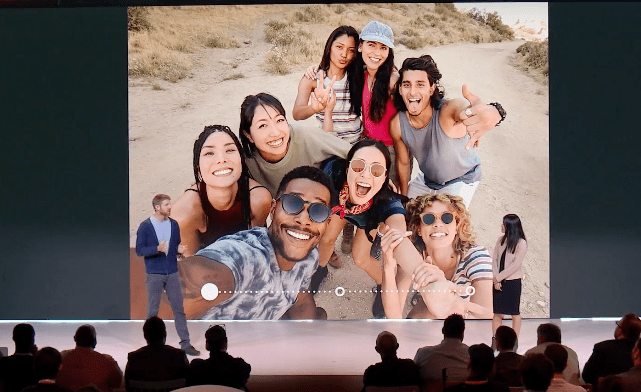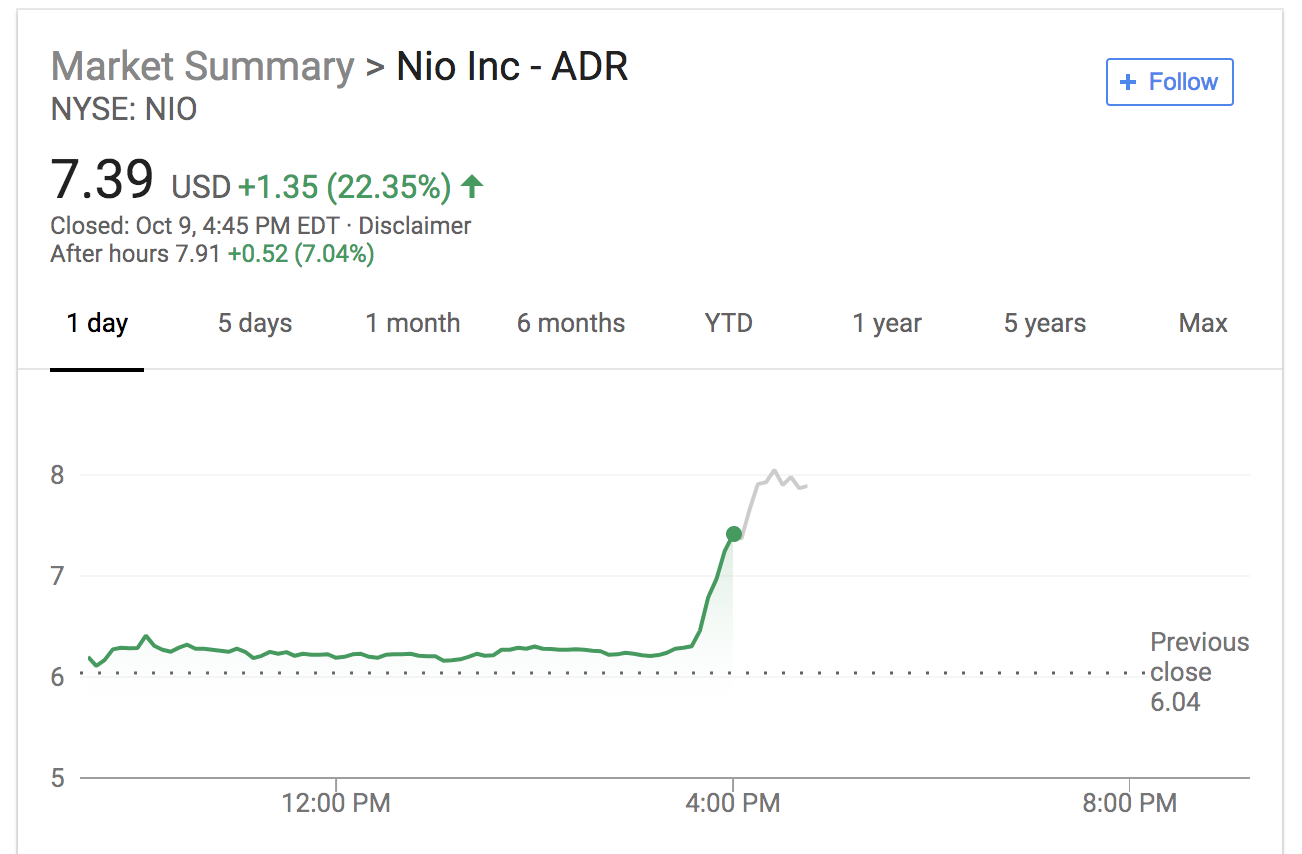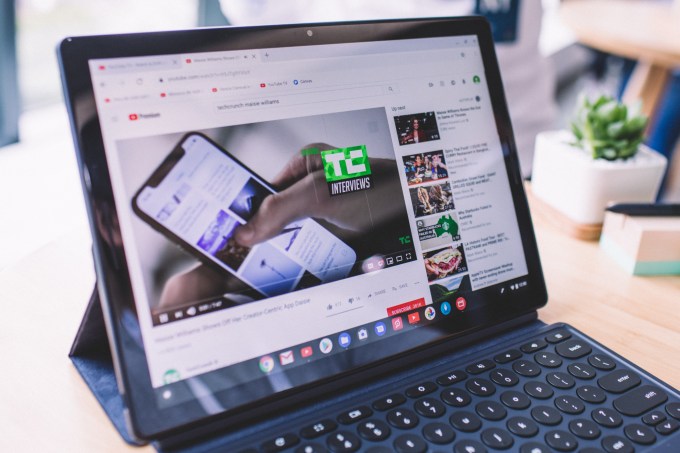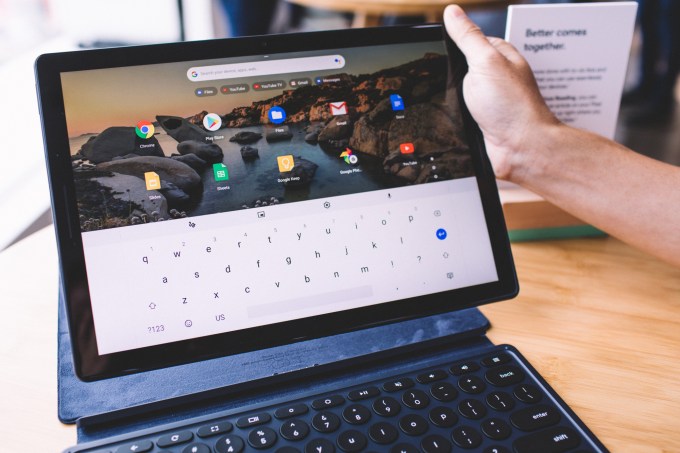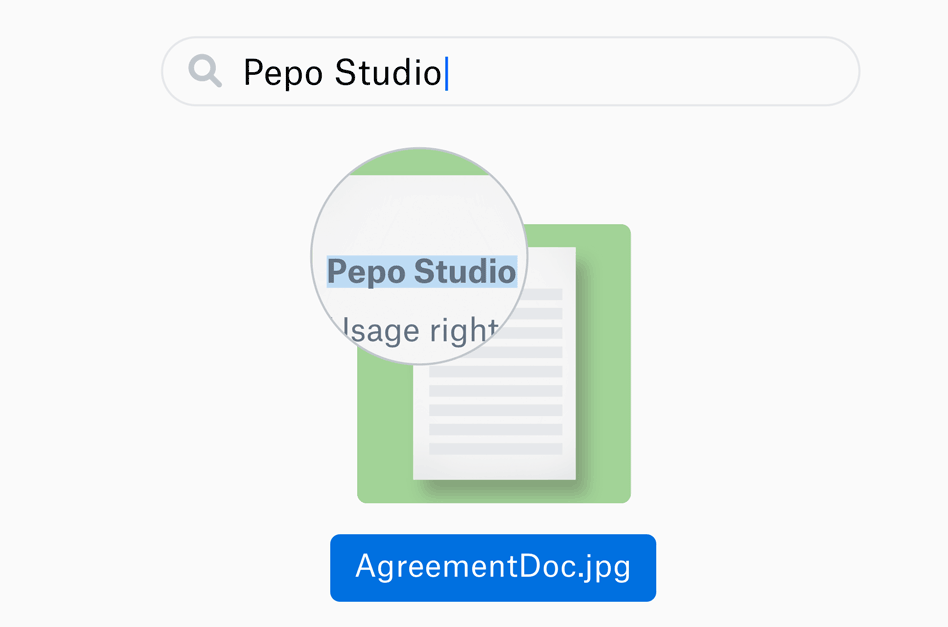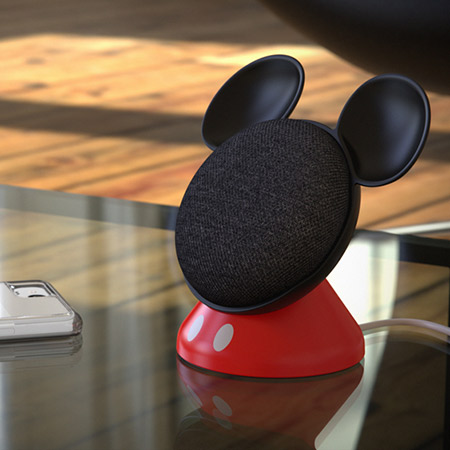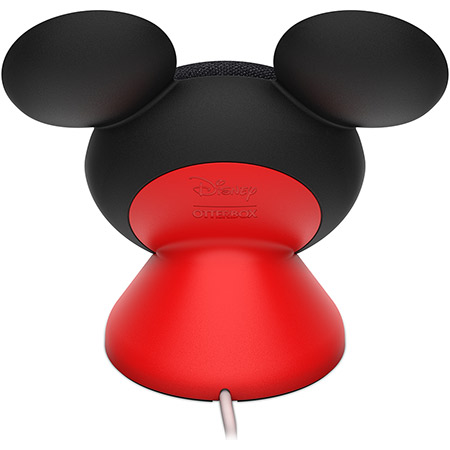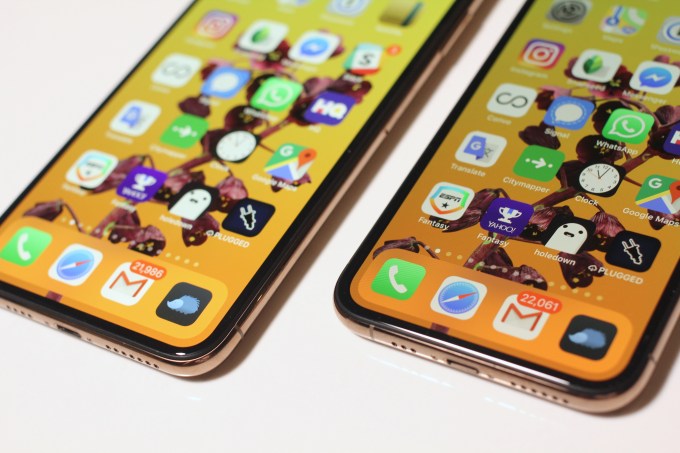Solving big problems for many people is the kind of opportunity that both entrepreneurs and investors love. Like recent Brazilian investment booms focused on fintech innovation and new on-demand business models, there’s been a recent explosion in healthtech startups in Brazil. With tens of millions of the country’s people impacted by gigantic inequities in access to health services, some serious quality problems, burdensome costs and inefficiencies on all sides, entrepreneurs’ plates are full in bringing healthtech innovations to the market.
In a recent study by Liga Ventures, there are now more than 250 health-focused startups in Brazil, the world’s seventh-largest health market with more than $42 billion spent annually on private healthcare. Yet, with more than $18 billion wasted due to inefficiencies, and health-related costs doubling in the country during the last five years (with accumulated inflation at 38 percent), Brazilian healthcare is ripe for disruption. Healthtech startups are one of the five featured verticals at Cubo Itaú, one of world’s largest entrepreneurial hubs based in Vila Olímpia, in the southern zone of São Paulo.
Last year, healthtech was the second-fastest growing tech sector in Latin America, according to “Inside Latin America’s Breakout Year in Tech” published by LAVCA. There was a 250 percent increase in the number of healthtech deals compared to 2016. A $50 million investment in Dr. Consulta, a network of brick-and-mortar clinics in Brazil offering top-quality healthcare at an affordable price, was among the top venture capital deals for 2017.
The healthcare sector is a complex market that connects people, processes and products between patients, intermediaries, care providers, distributors and suppliers. Based on tech innovation in Brazil that’s having the biggest impact, here are some of the key categories and players bringing new business models to market.
Healthcare on demand
About 75 percent of Brazil’s population (approximately 150 million people) only have access to the public healthcare system, which is poorly managed and inefficient. Often times, to schedule a single consultation or exam, a patient needs to wait weeks or even months to see a care provider. Technology-driven startups are springing up to address better, more efficient access to healthcare for a large and aging population.
For example, Dr. Consulta’s chain of low-cost medical clinics have expanded in three years from one to 51 branches and now claim to have the country’s largest clinical data set drawn from more than one million patients. In comparison to other private-sector clinics that cost at least $90, consultations with doctors at Dr. Consulta cost $25. Others offering similar clinical services on demand in Brazil today include Clínica Sim, Dr. Sem Filas, Docway and GlobalMed.
Telehealth and mobile health apps
To help make healthcare advice, diagnosis and monitoring more accessible, telehealth services in Brazil are expanding. Brazil Telemedicine (Brasil Telemedicina), for example, provides a variety of services around the clock that include medical exams and doctor consultations, a remote monitoring system and psychological counseling.
Startups with B2B telehealth services to improve patient care include Telelaudo, which provides 24/7 radiology imaging analysis, and Ventrix, which provides specialty devices to monitor heart health, treat vacuum wounds and monitor babies’ breathing and well-being. Another São Paulo-based startup called NEO MED has launched a marketplace to make it easier and faster to generate medical reports for ECG and EEG exams, facilitate improved collaboration between clinics, laboratories and hospitals and support physicians seeking more income and flexibility in where they choose to work.
The key ingredients to create another boom sector like fintech in the region are abundant.
Mobile health apps have grown in popularity in Brazil, in part due to a high prevalence of diseases like diabetes and hypertension and a large number of internet users in the country. For example, a mobile app and online program called Diet and Health (Dieta e Saude) has helped more than 1,600,000 users make better nutrition choices and motivate them to exercise regularly. Youper, founded in Brazil and now based in San Francisco, is a virtual emotional health assistant that helps overcome social anxiety. It helps its users re-formulate thought patterns and arrive at healthier states of mind.
AI and data analytics
Like many industries, AI and data analytics are transforming healthcare in Brazil and beyond from improving the speed of patient diagnoses to managing healthcare costs.
Gesto is one such emerging innovator that’s using machine learning to sift through and make sense of a lot of data on more than 4.5 million patients in its database to help select better insurance plans for corporations that optimize patient care while controlling costs. Intensicare, the largest specialist in intensive care unit management in Brazil, uses AI to speed diagnosis and reduce patient stay time and mortality rates. Epitrack is a Recife-based startup that uses crowdsourced data, AI and predictive analysis to combat outbreaks and epidemics through computational epidemiology.
Electronic medical records
Last year, the Brazilian government launched a project to modernize patient records for more than 42,000 public health clinics across the country by the end of 2018. This digitization of records is estimated to save the federal government about $6.8 billion according to The World Bank. As of late last year, only 30 million Brazilians (out of 208 million) had electronic medical records (EMR), and nearly two-thirds of the family clinics in Brazil didn’t have any way of recording digital information about their patients.
iClinic, a SaaS EMR platform, is one of the top Brazilian startups that has made a big impact on modernizing healthcare. It helps health professionals organize patient records electronically, store all that data in the cloud and retrieve it from any device. iClinic provides an extremely easy-to-use system to make healthcare more efficient, reduce costs and improve the quality of patient care. It’s now used in many parts of Brazil and has begun to spread its usage outside Brazil in more than 20 countries.
Digitizing prescriptions
Another major issue caused by a lack of digitization is that close to 70 percent of medical prescriptions in Brazil have potential for errors, according to the World Health Organization. As a result, Brazil has thousands of deaths per year linked to medication errors. A good number of them could be avoided by scanning. In the U.S., more than 77 percent of prescriptions are already done digitally.
To address this life-and-death issue, Memed has emerged as a key player for managing e-prescriptions in Brazil. Its platform, now used by more than 55,000 doctors from all medical specialties in the country, helps cross-check for allergies and drug interactions, makes treatment adherence easier and improves health outcomes. It’s developed the most complete, reliable and updated drug database in Brazil.
Certainly, healthtech startups in Brazil have emerged as a sector to watch, and we’re only at the tip of the iceberg in terms of problems in the country to be addressed by healthtech innovation. The key ingredients to create another boom sector like fintech in the region are abundant. Healthtech in Brazil will surely remain a hot spot for entrepreneurs, and the investors who believe in them, for many years to come.
Disclosure: Redpoint eventures is an investor in Memed.


